Seit gut 2 Jahren führten mich meine Wege immer wieder nach Porto, zur Vorbereitung der Gruppenausstellung „QUEM CONTA UM CONTO ACRESCENTA UM PONTO / IF YOU TELL A STORY YOU ADD MORE“ (siehe unten) welche ab September 2015 von Porto über Zürich nach München reist.
In den Räumen des Mira Forums entstand eine Fotoinstallation, unter Einbezug der Räumlichkeit, unmittelbar die Galerie in alten Lagerhallen, aber eben auch der Stadt an und für sich, welche die Inspiration lieferte.
Ansichten:
- Erläuterungen zum Werk gab ich in einem Interview, welches am Vorabend der Eröffnung in der Galerie entstand.
Hier das Interview auf Youtube anschauen.
Hier die Einladung zur ersten Station in Porto:
Porto invitation/Poster
Und hier eine kleine Auswahl an Bilder aus über 700 beim letzten Feldgang im August 2015 entstandenen:
Und der Text zur Ausstellung:
QUEM CONTA UM CONTO ACRESCENTA UM PONTO
IF YOU TELL A STORY YOU ADD MORE
Stefan Burger (Zurich), Beate Engl (Munich), Susana Gaudêncio (Lisbon), Maria Iorio & Raphaël Cuomo (Berlin), Dorota Lukianska (Berlin / Gothenborg), Henrik Lund Jörgensen (Malmö), Eduardo Matos (Brussels), Stefan Meier (Zurich), Kristina Müntzing (Malmö), Gregor Passens (Munich), Cora Piantoni (Munich / Zurich), Lina Selander & Oscar Mangione (Stockholm), Catarina Simão (Lisbon), André Sousa (Porto), Johan Thurfjell (Stockholm), Stefan Wischnewski (Munich)
Exhibition opening: September 26, 2015
16h Casa do Infante, 18h Mira Forum, 22h Maus Hábitos
Exhibition: September 27 – October 25, 2015
(at Maus Habitos only until October 21)
Casa do Infante
Rua Alfândega 10, 4050-029 Porto
Monday-Friday 9.30-17h
Saturday-Sunday 9.30-12.30h, 14-17h
Mira Forum
Rua de Miraflor 159, 4300-334 Porto
Tuesday-Saturday 15-19h
Maus Hábitos
Rua Passos Manuel 178, 4º Piso, 4000-382 Porto
Tuesday -Sunday 12-22h
If you tell a story you add more is an exhibition about seafaring and storytelling featuring installations and films, archival research and performances by an international group of artists. The exhibition takes its title from a Portuguese saying about the storyteller’s perspective and process using imagination, construction and reinvention to recollect historical events. Among these historical events were the Discoveries, made during the sea passages that started from Portugal’s coast. The returning seafarers were reporting about formerly unknown territories. Navigation with its imaginative and speculative potential generates myths and legends, more than any other topic. The artists approach this complexity from very different directions, breaking with the romanticized view on seafaring through historical and sociological analysis and elaborating on the metaphor of the sea as adversity of life itself.
The exhibition project started in 2007 during a collaborative exhibition of Cora Piantoni (Munich/Zurich) and Dorota Lukianska (Berlin/Gothenburg). Since then, the exhibition idea has toured Basel, Lucerne, Malmö and The Hague. In each new city where they debark, new crew members are hired and a new course is set towards undiscovered horizons and ideas. For the exhibition 2015 in Porto, which will travel in 2016 to Munich and Zurich, the crew is enlarged by artists from Portugal, Germany, Sweden and Switzerland.
CASA DO INFANTE
The museum Casa do Infante, located at the birthplace of Henry the Navigator focuses on the history of commerce. The works exhibited at Casa do Infante concentrate on the maritime history of Porto and Portugal, the Discoveries and the expansion of trade routes, but also on colonialism. The museum building hosts the city’s archive, which references the artists Lina Selander, Maria Iorio and Raphaël Cuomo who often work with archives and long-term research.
Maria Iorio’s & Raphaël Cuomo’s film The Interpreter evokes the time of a clandestine crossing of the Mediterranean Sea at the end of the 1990s. It was produced in close collaboration with geographer Makrem Mandhouj and benefited from elements of his field research on local and international migration around the Tunisian Sahel.
The basis of Lina Selander’s & Oscar Mangione’s film are emergency banknotes printed in the 1920s, used during times of crisis and inflation and for enclaves without a set structure or definite borders, such as ghettos or colonies. The notes are often visually dramatic, with propagandist messages in word and image.
Kristina Müntzing uses art and crafts to create a visual language of radical political movements. Her woven wallpiece presented at Casa do Infante investigates paths of cultural interconnection between Portugal and its former colonies.
Susana Gaudêncio will present a video installation and a poster. The video will explore the action of Walking as an old method for critical travel and to acquire knowledge – cultural, sociological, geographical, historical and Insularity as a desire for imagination, utopia, autonomy or isolation. The poster will be a cartographic account of Gaudêncio’s walks in Porto.
André Sousa’s installation connects different times and remotes areas. His starting points are a drawing by Senhor Rodrigo, the owner of a restaurant in Porto, a NPR (USA’s National Public Radio) program on the mock arrests of Palestinian populations by the Israeli army and a night visit to La Alberca, a Spanish village near the Portuguese border.
At the exhibition opening, Gregor Passens will realise an incense performance, refering to the dangers during expeditions and sea passages. During the exhibition Passens will present the relics and other elements connected to his performance.
MIRA FORUM
At Mira Forum the exploration of Portugal’s colonial past will continue. Catarina Simão’s film is made after a feature film from the Archive of Mozambique and is part of her long-term research on Mozambique’s narrative on Portuguese colonialism. The film presents a counter-view on the lusotropicalist narrative about the Mueda massacre, the colonial administration and the pathetic state of the Portuguese Empire in the 1960s.
Edurado Matos explores South as a concept that partly defines Portuguese identity and imagination. His installation assembles different elements, from a recipe for the staple diet of Portuguese sailors to iconography of colonialist paintings and objects depicting the idea of South and displacement.
In Porto Cora Piantoni continues her research about worker’s communities, focusing on their musical traditions. Besides traditional working songs of the fishermen in Afurada and of the workers at the stonemason’s factory in Matosinhos, she records and discusses Fado as a soundtrack for longing in the context of work.
Some of the works shown at Mira Forum will deal with architecture and town history. For one week Stefan Meier wandered from the center to the periphery of Porto. From his observations along the axes of the city and the line between land and sea, he developed a photographic installation.
The scale of Johan Thurfjell’s model ship installation in relation to the exhibition space visualizes the spatial dimension of the Atlantic. The water masses to be crossed from Europe to America, beyond the horizon and under the boat and the threatening dangers in the depths of the ocean.
Migration is an important topic in Henrik Lund Jörgensen’s work. His film depicts circumstances where fear and longing for a better life prompts the search for other places, countries and continents.
MAUS HABITÓS
At Maus Habitós mainly performative works will be exhibited. Beate Engl and Stefan Wischnewski are collaborating on a performance based on the flag alphabet or semaphore. They pull a kinetic sculpture with moving flags through the public space of Porto. Flag semaphores were used in the maritime world in the 19th century and are used today for emergency communication.
Stefan Burger’s filmic essay pursues the movements and sounds of the seagulls in Porto and the micro gestures of elderly people at Santa Catarina shopping mall.
Dorota Lukianska follows the traces of Henry the Navigator, the initiator of the discovery travels. Lukianska deals with urban legends and fragments of natural history, exoticism, discoveries and destruction. Her surrealistic installation consists of collected items and stories.
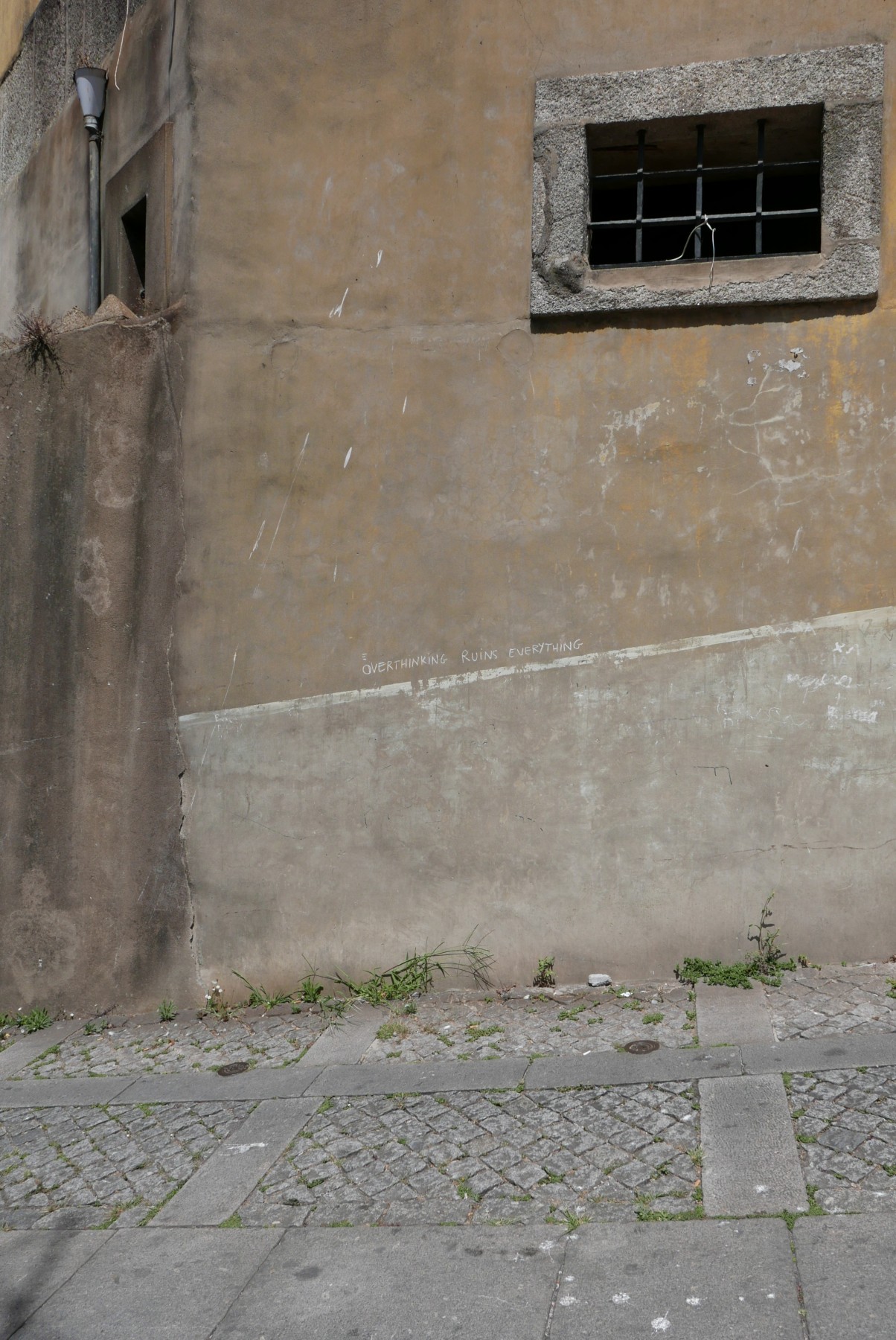
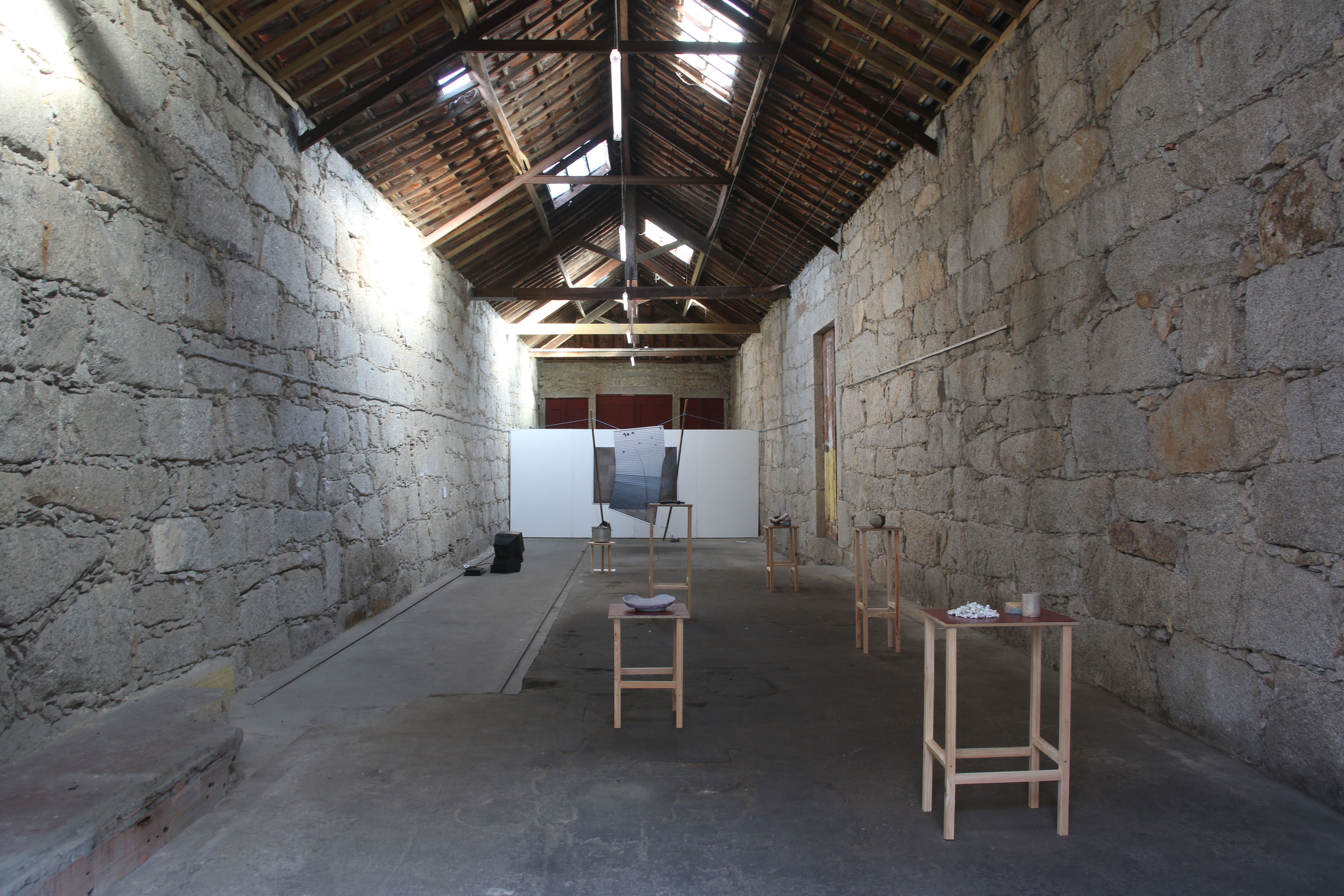
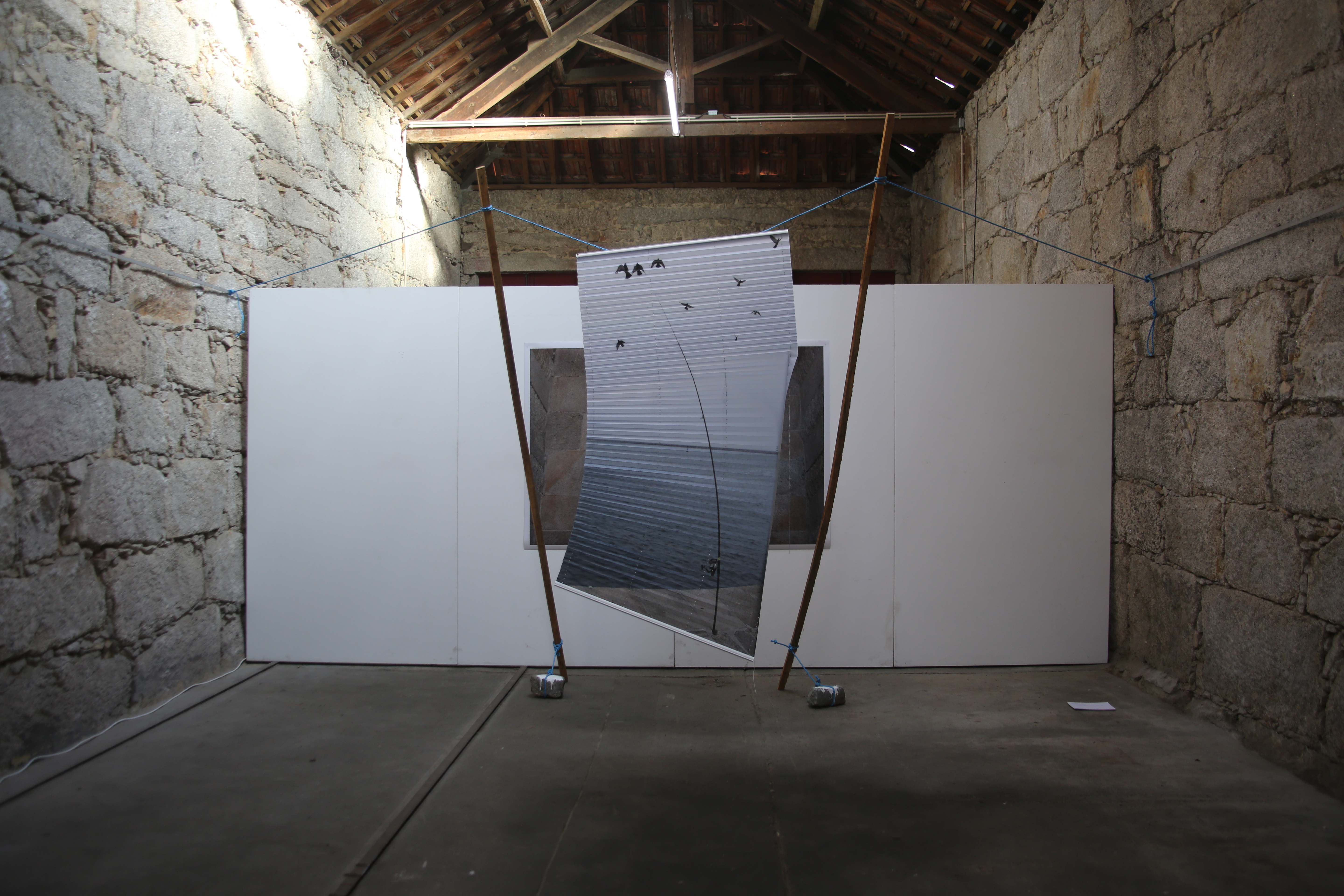
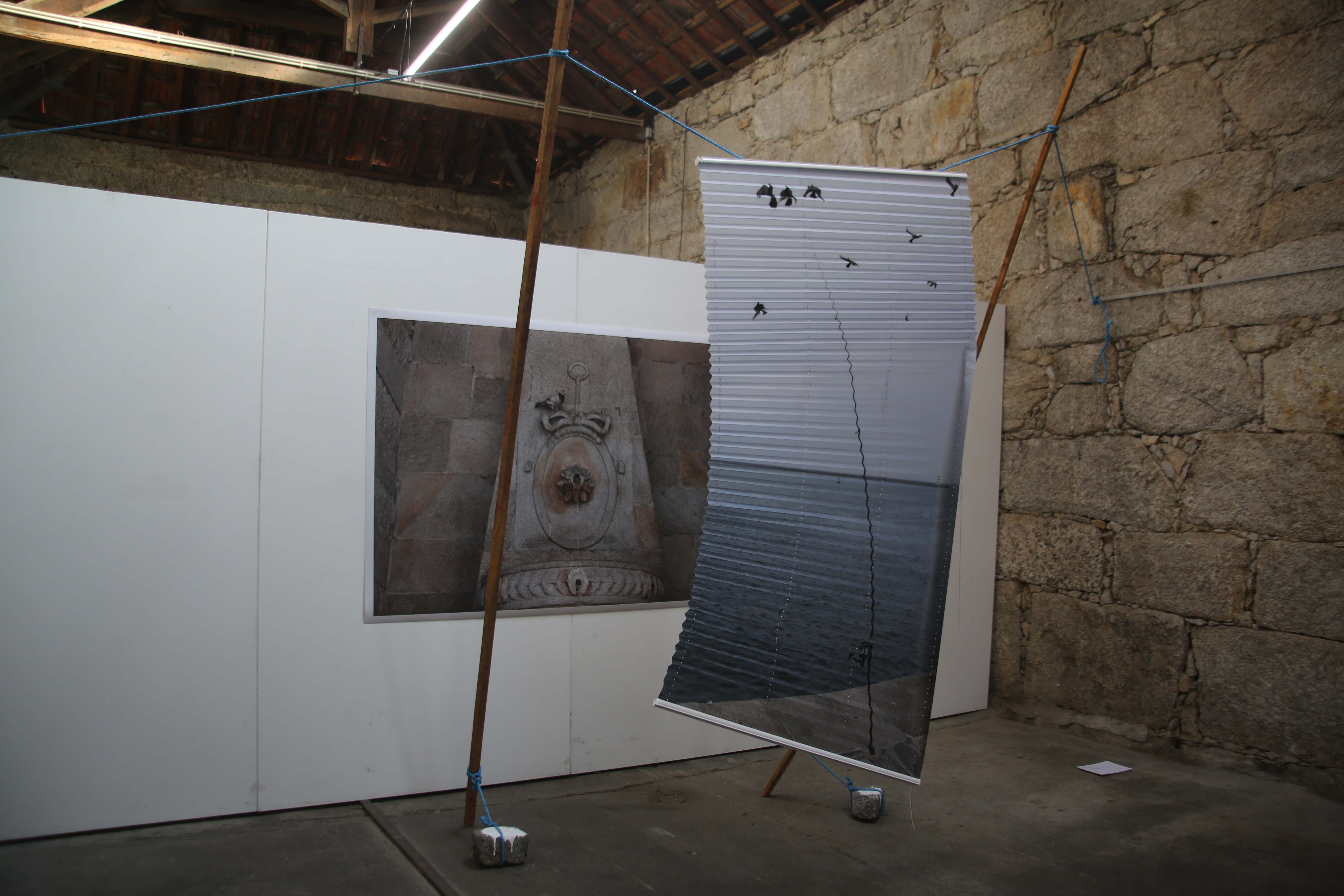
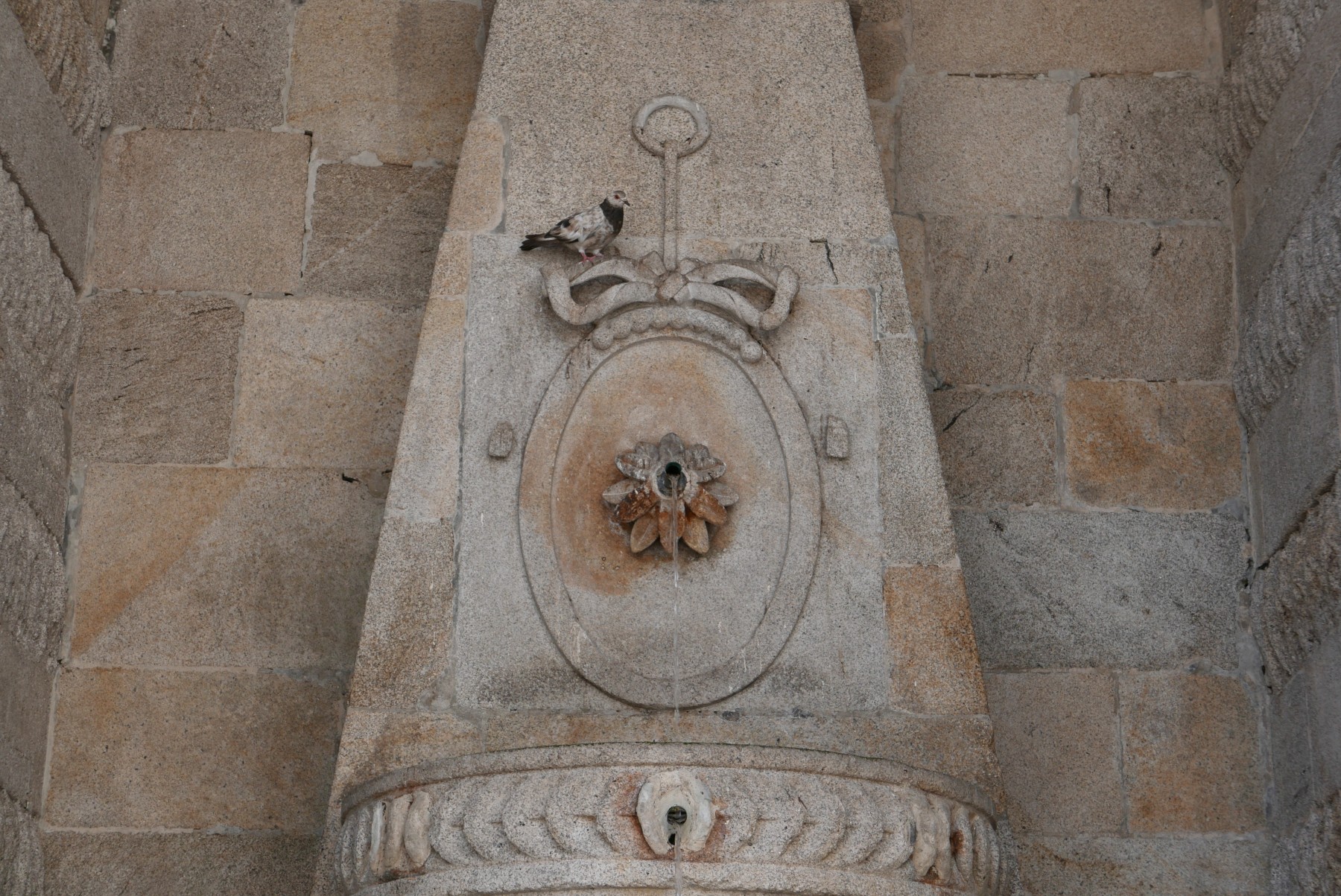
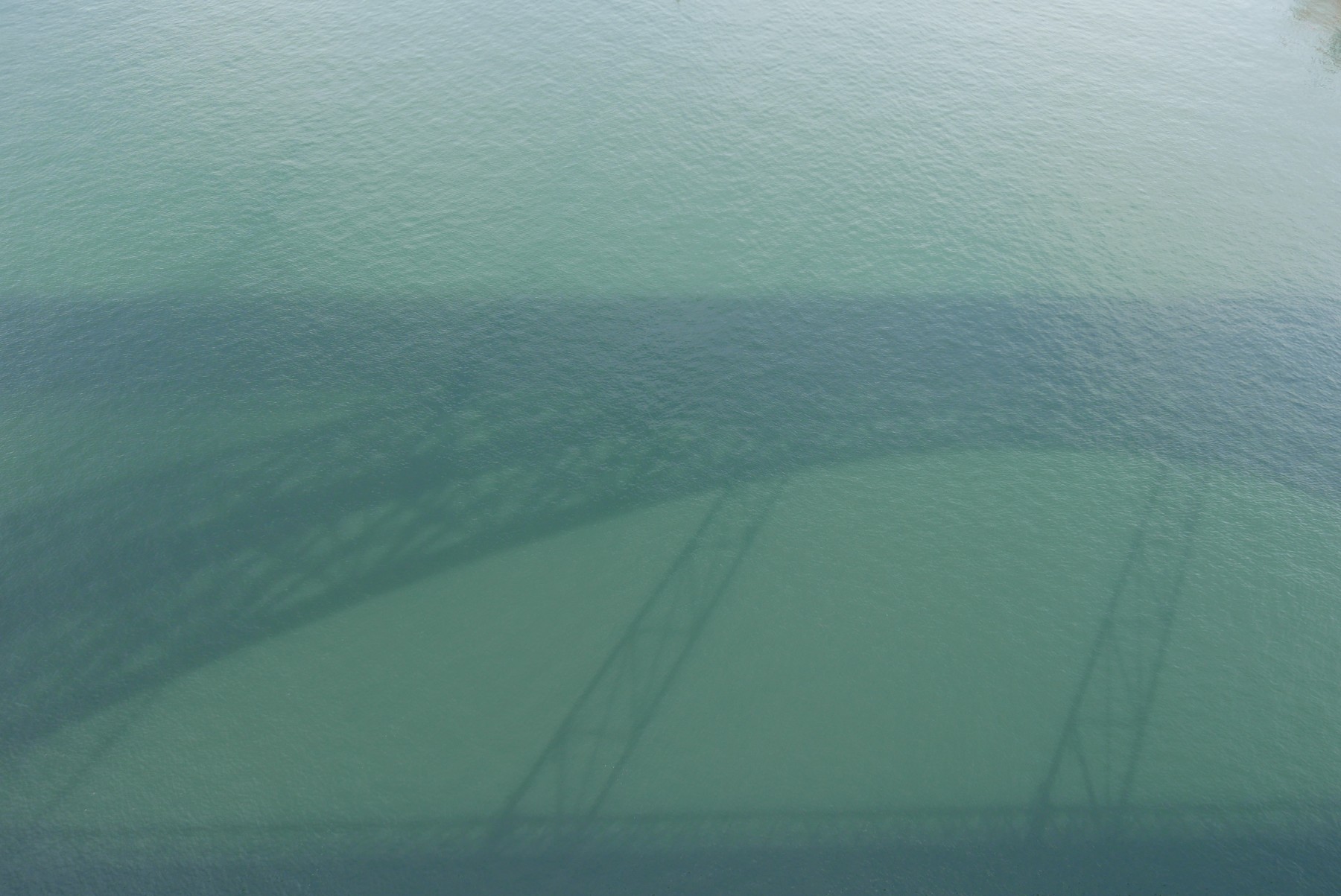
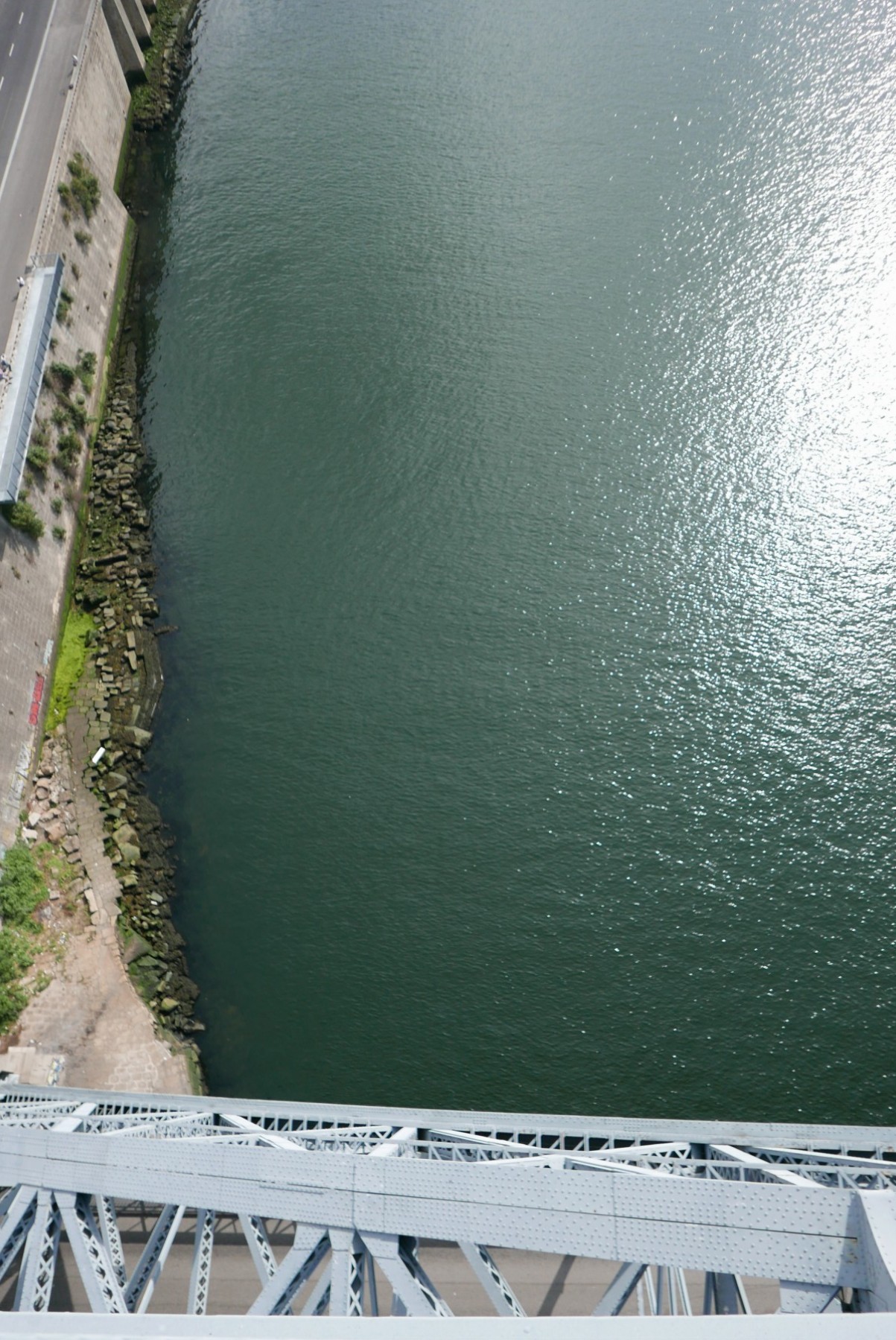
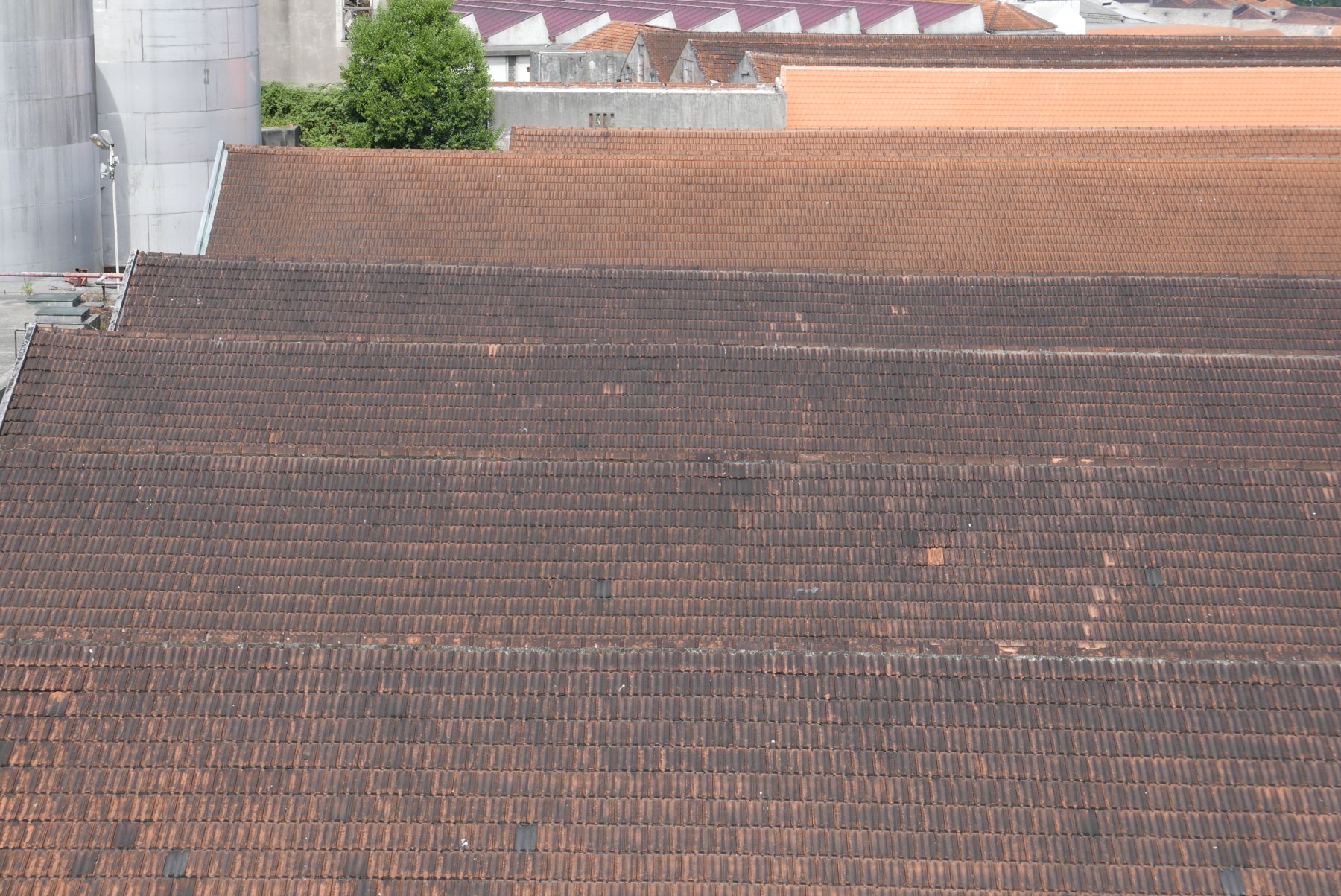
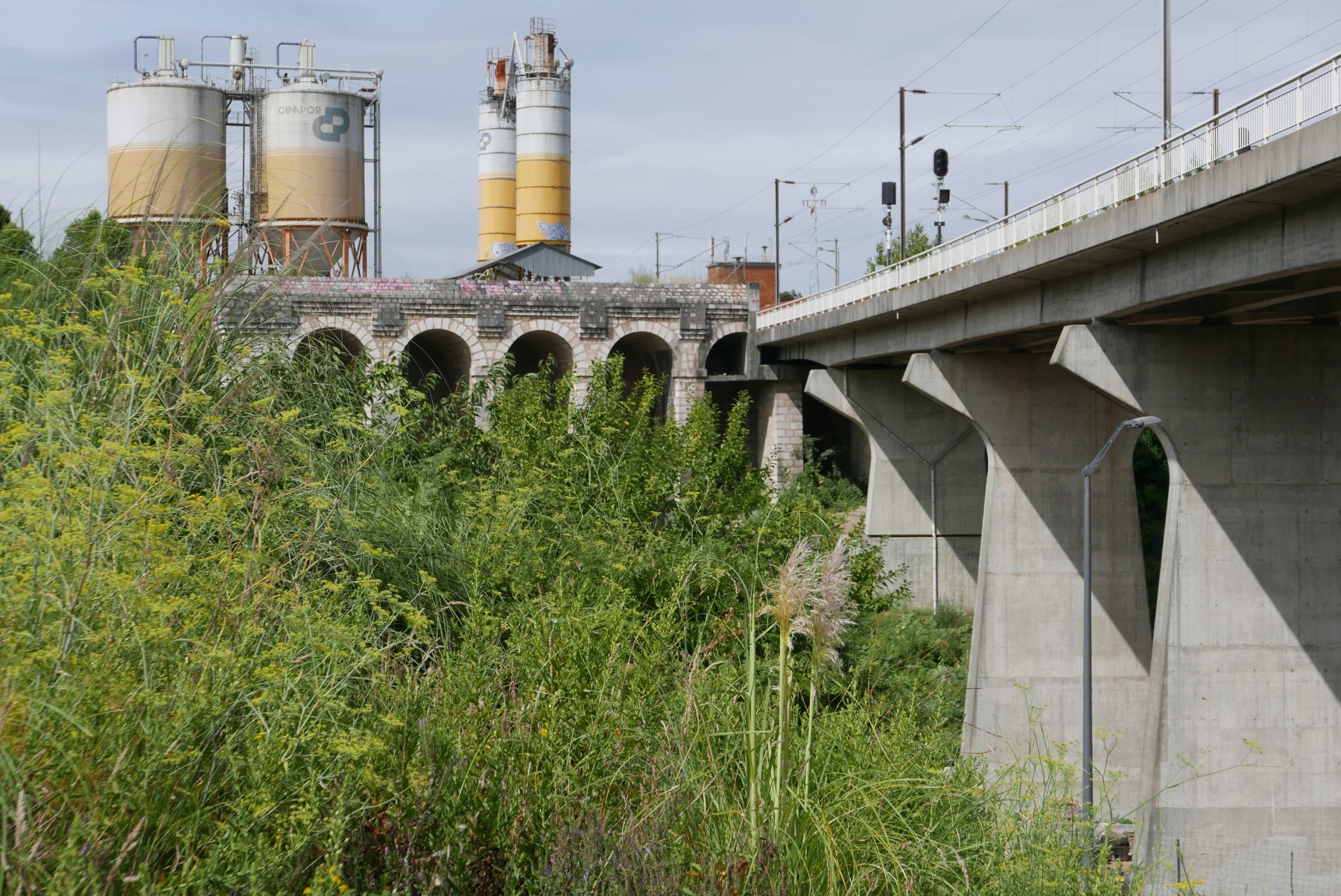
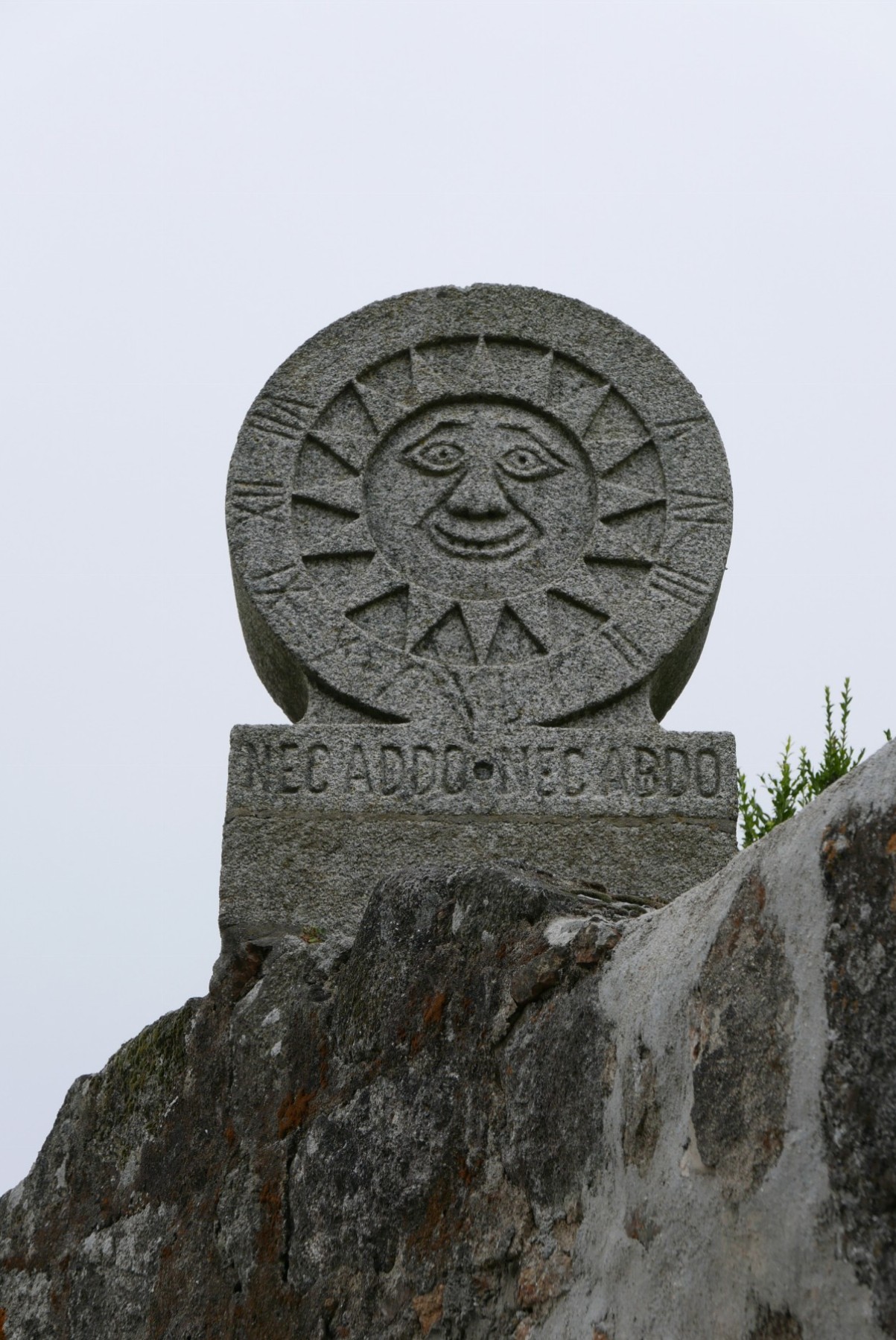
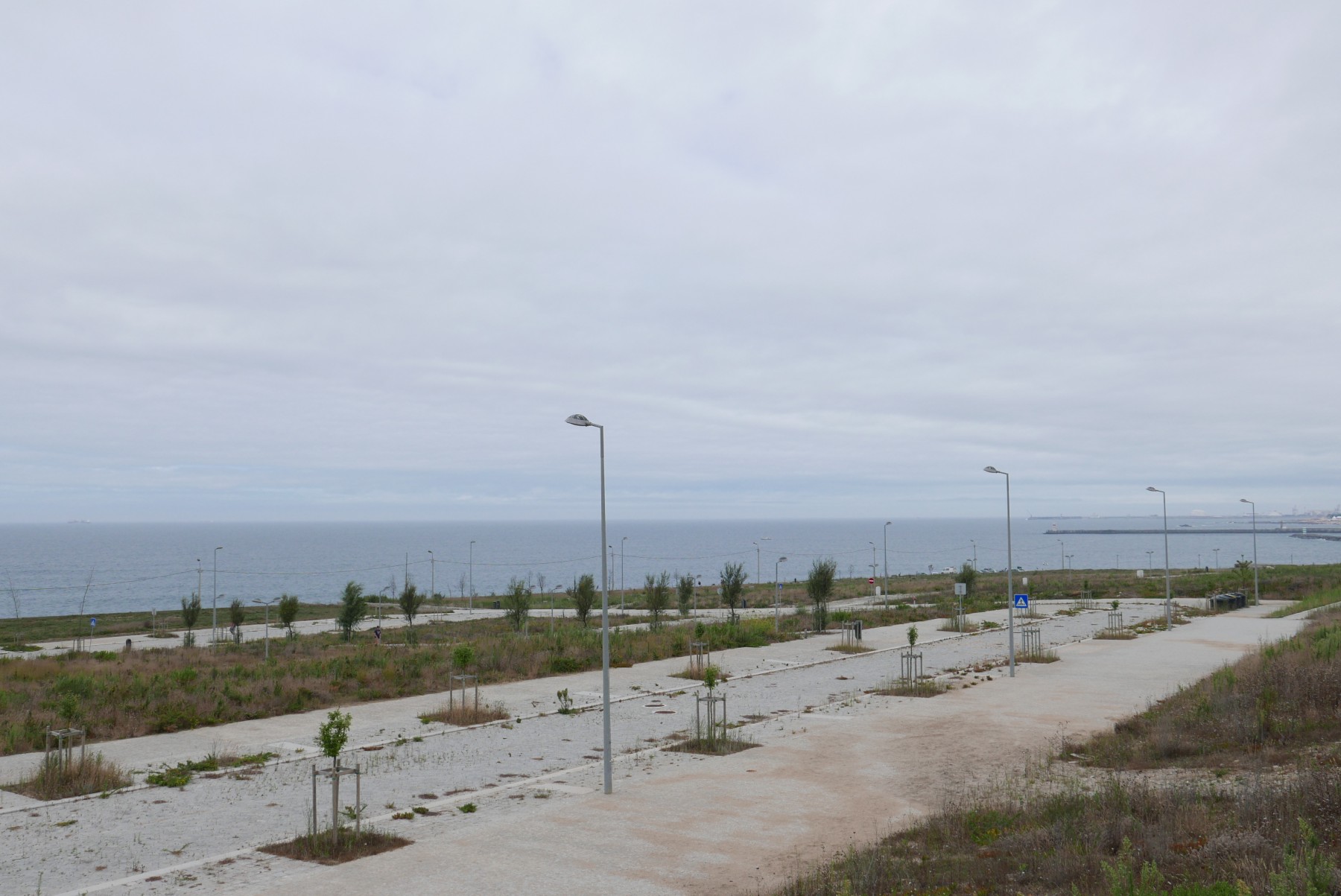
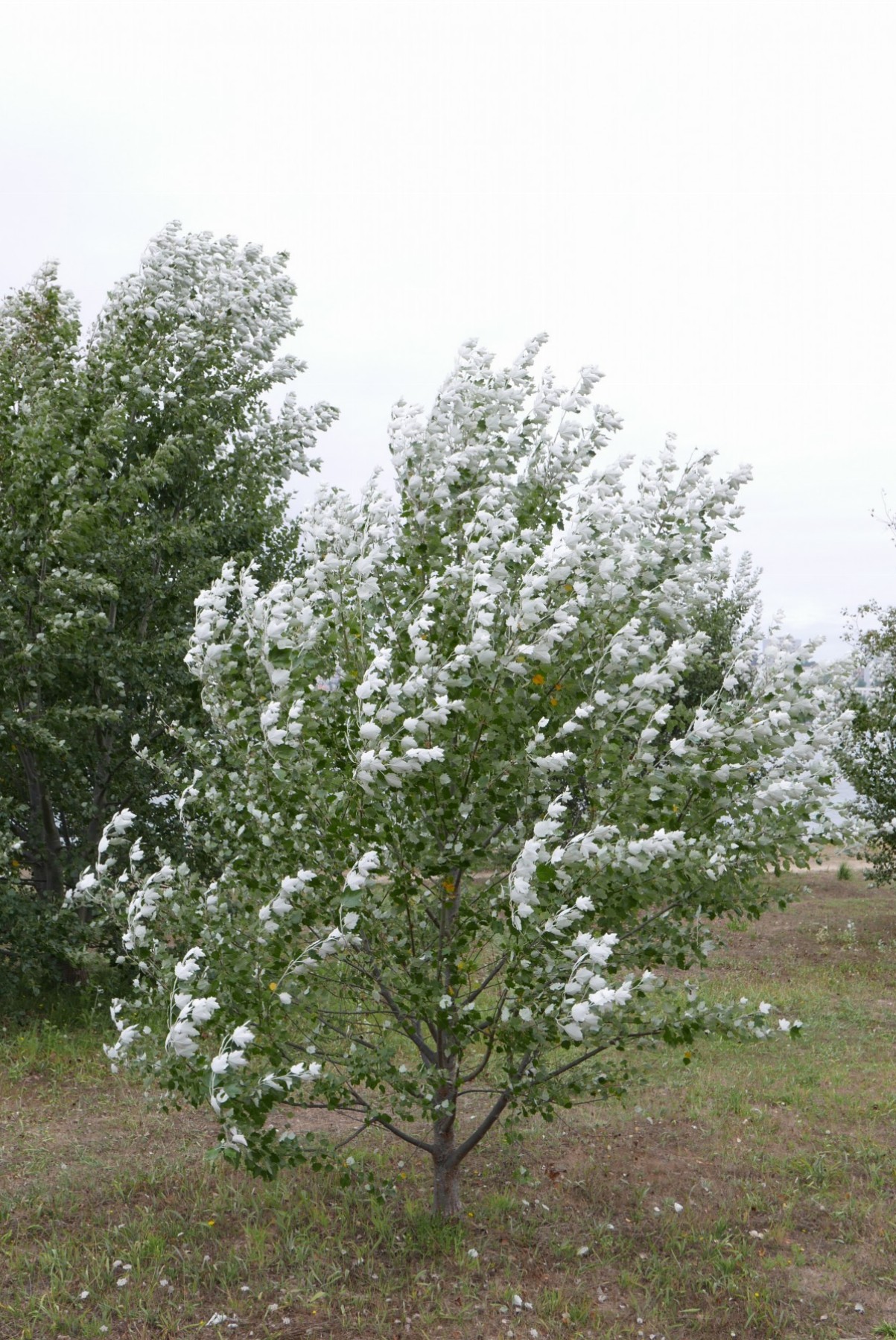
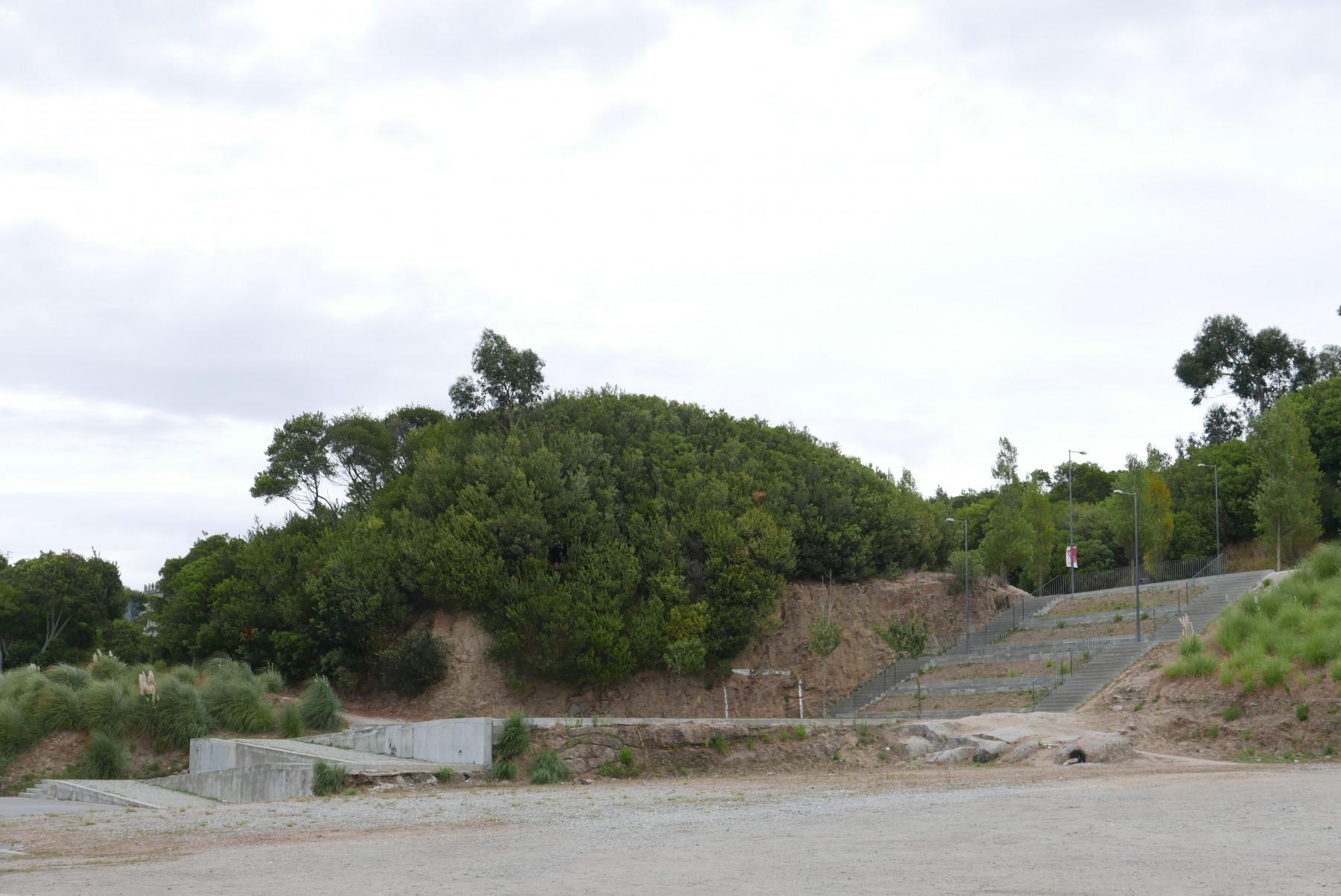
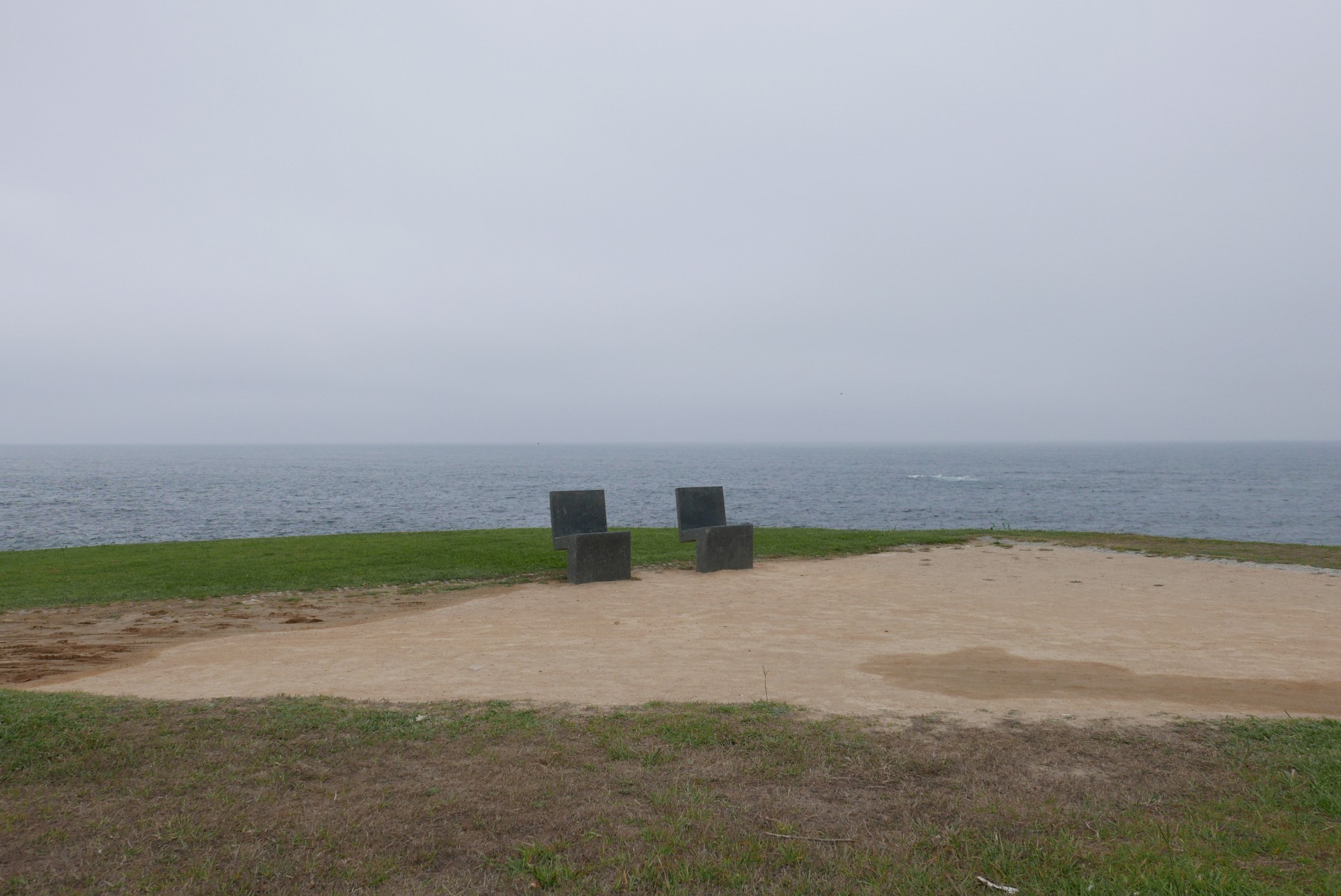
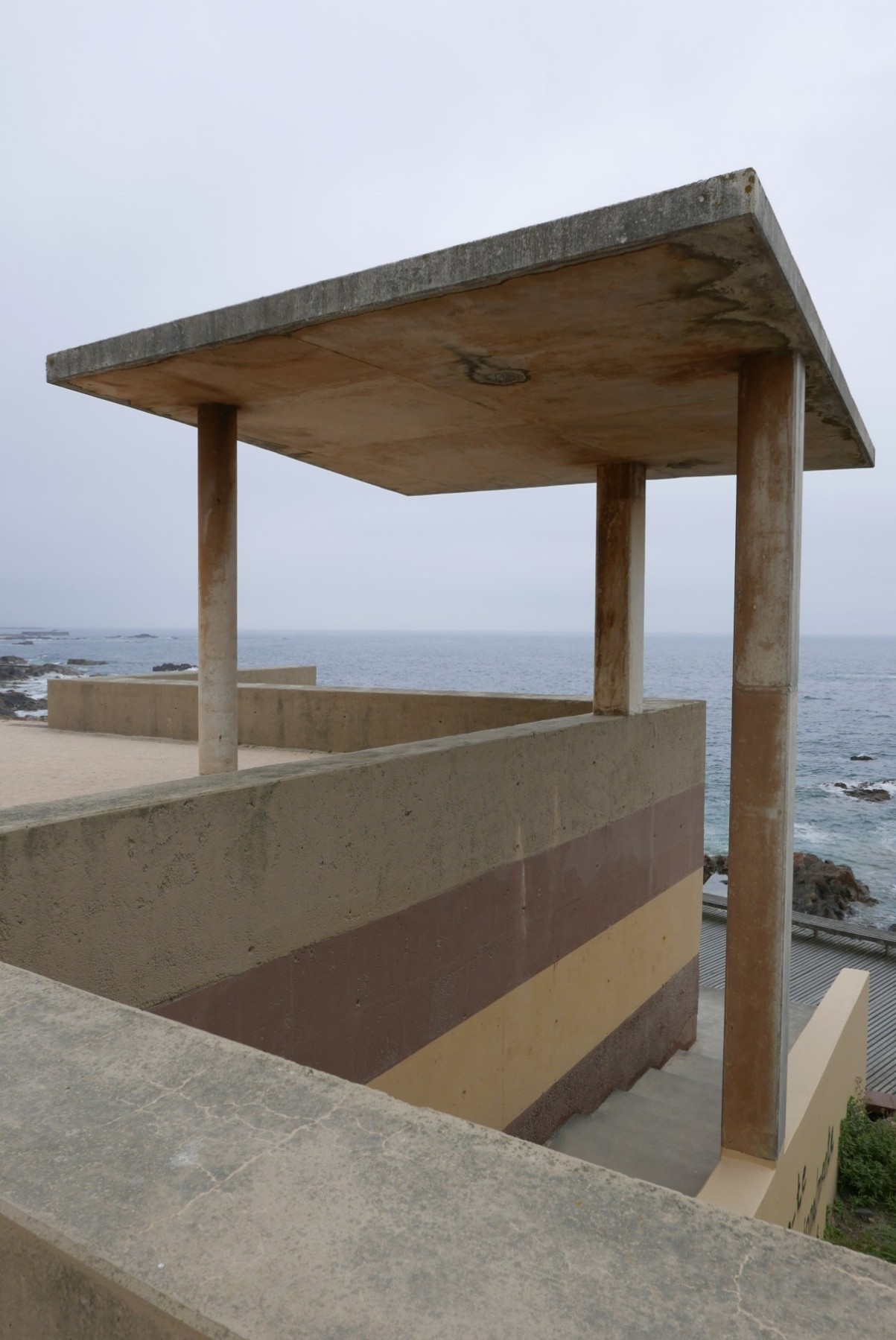
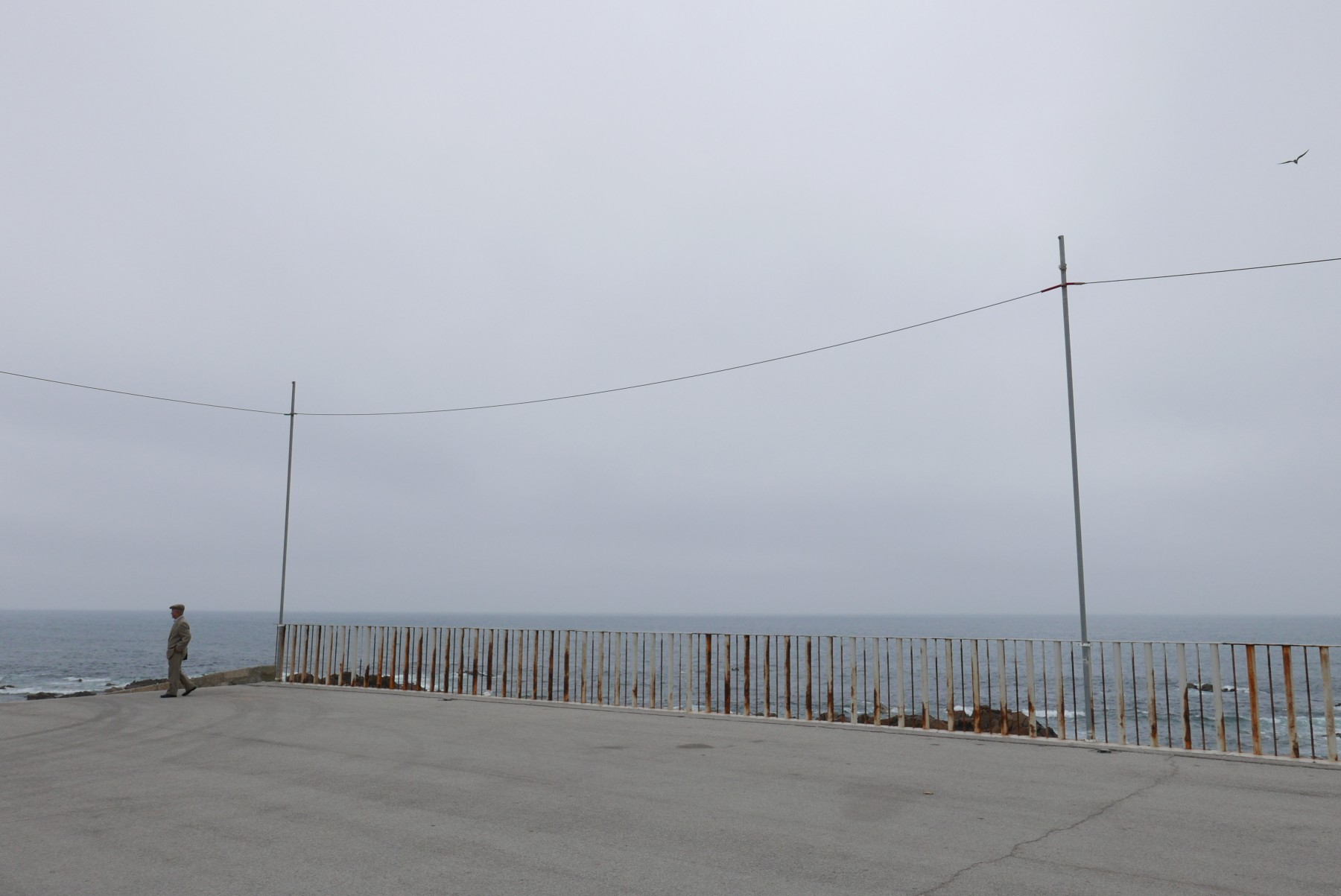
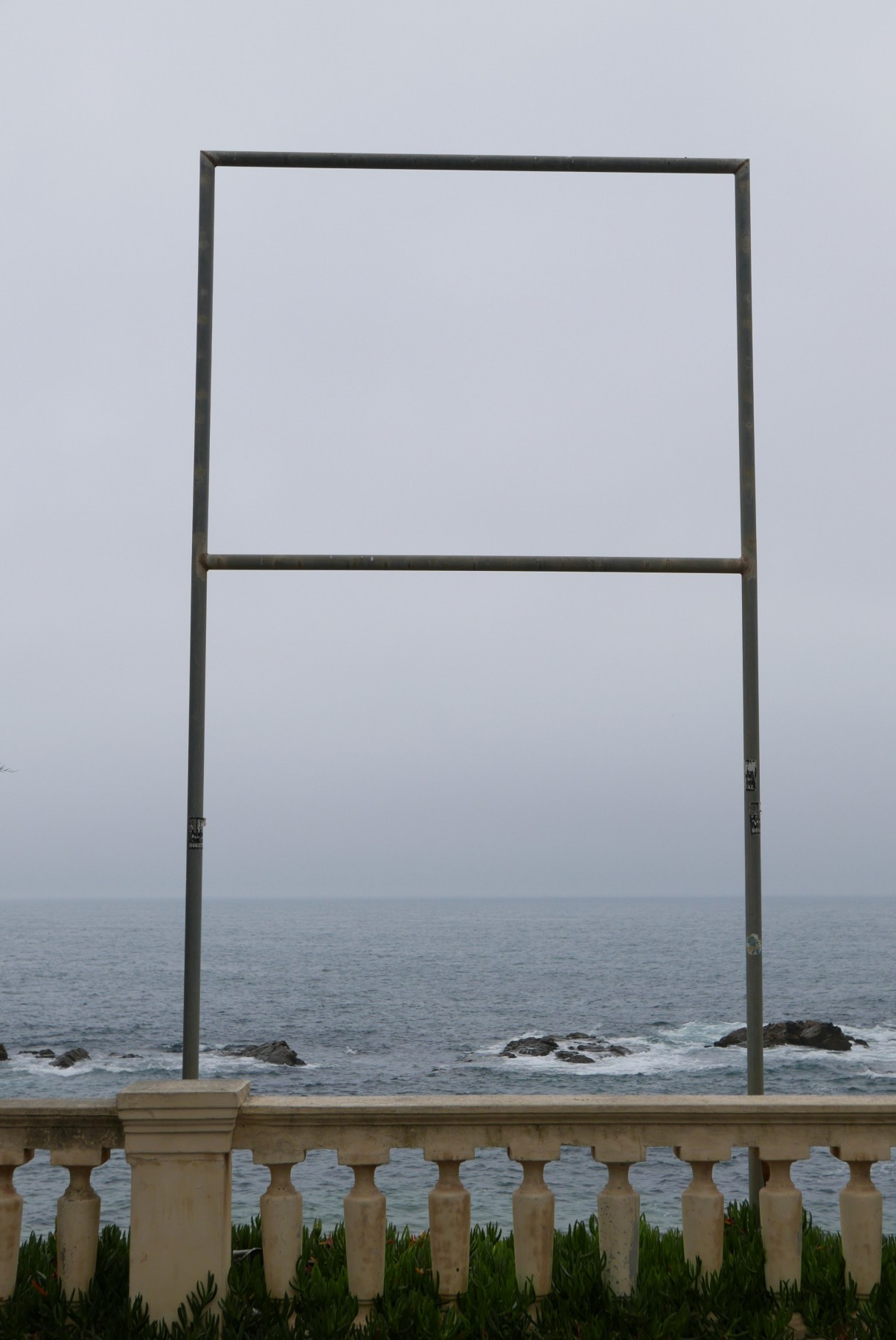
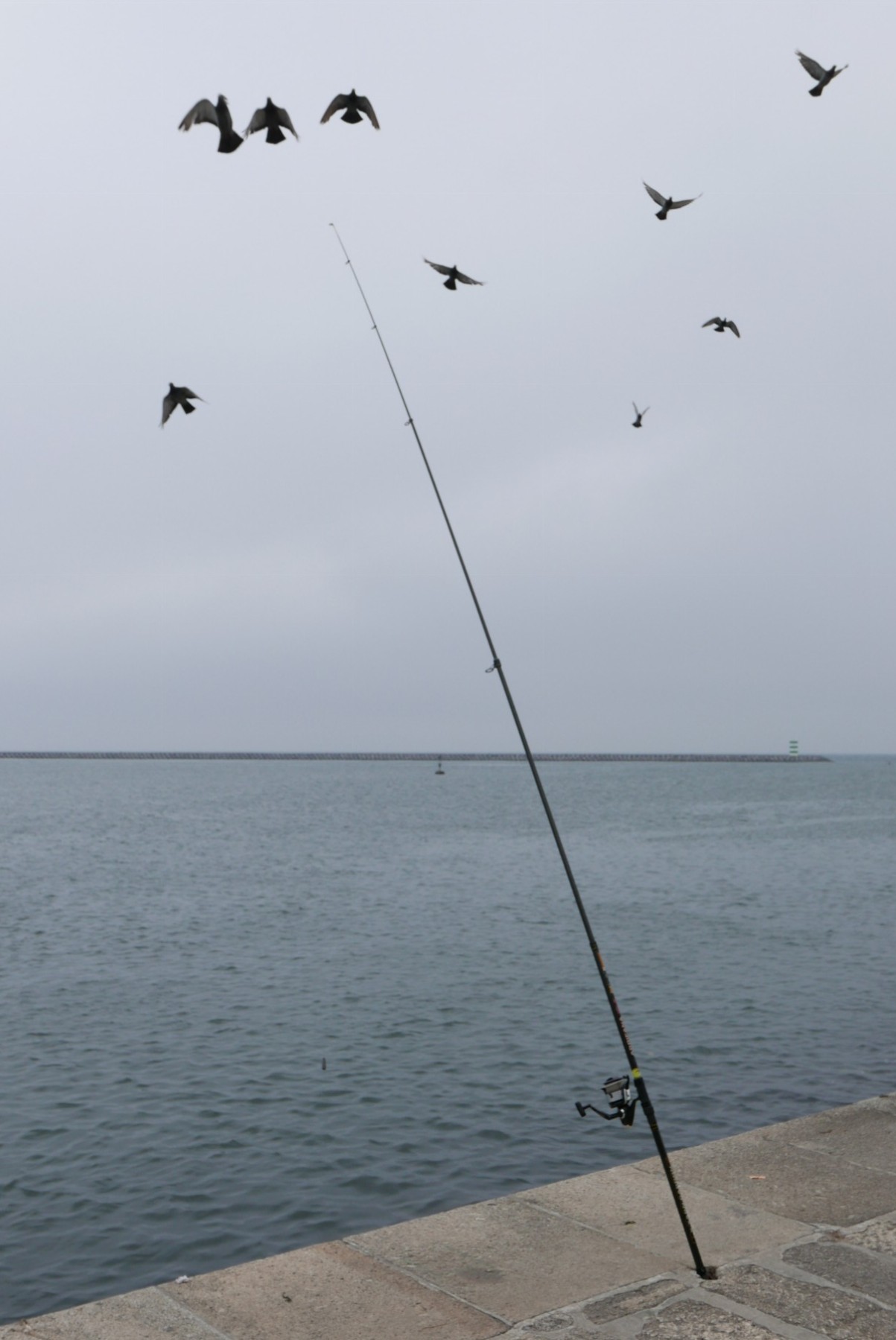
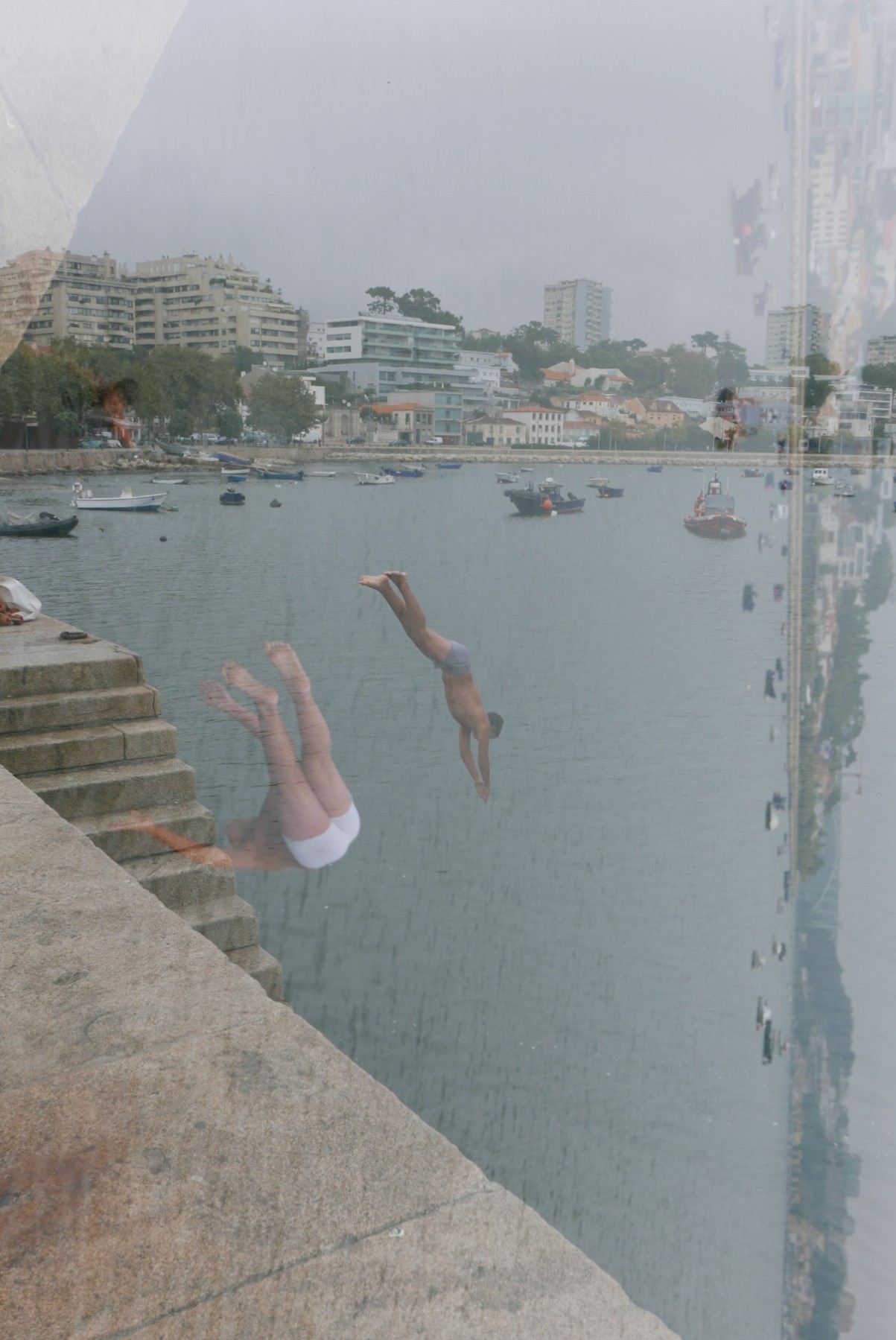
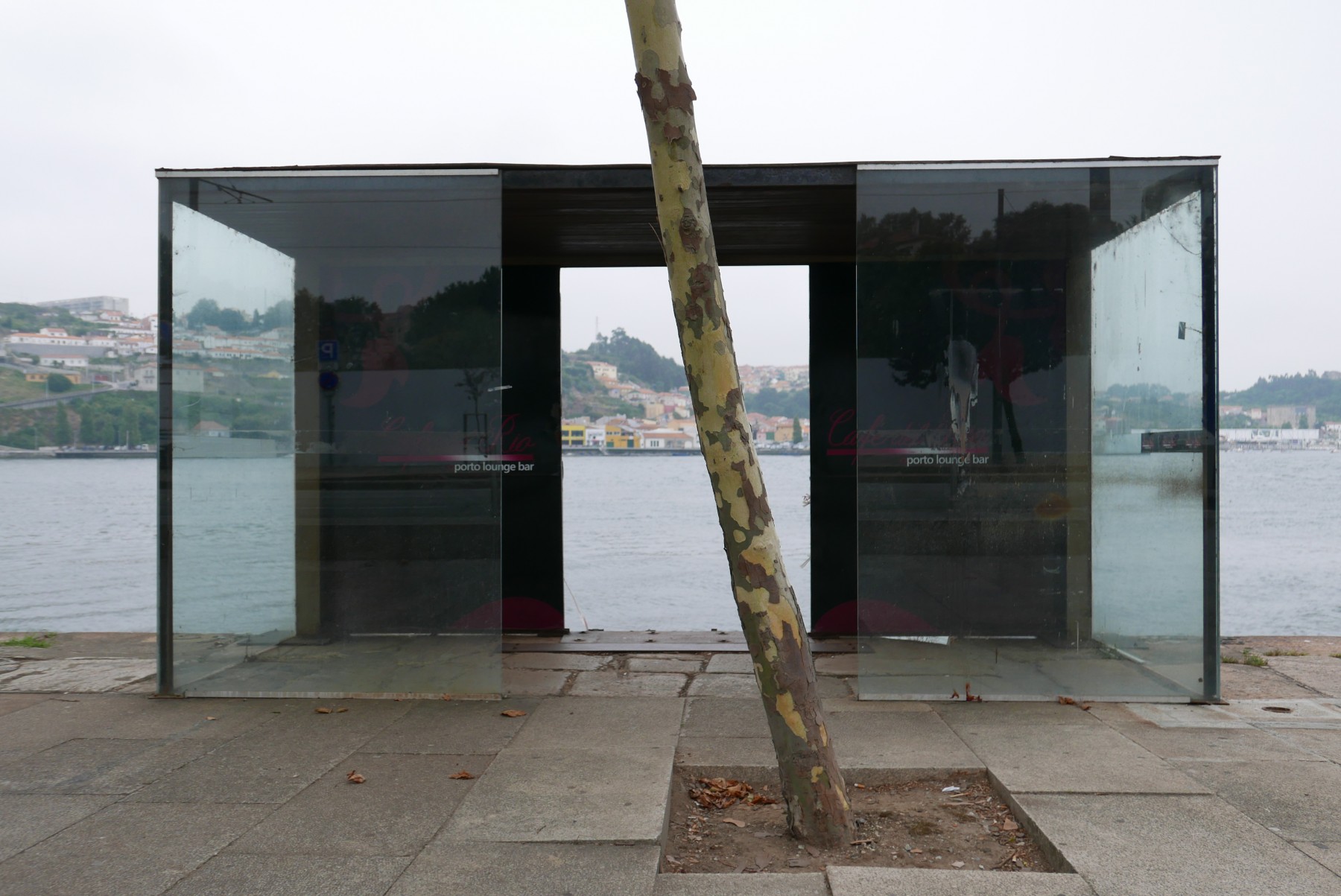
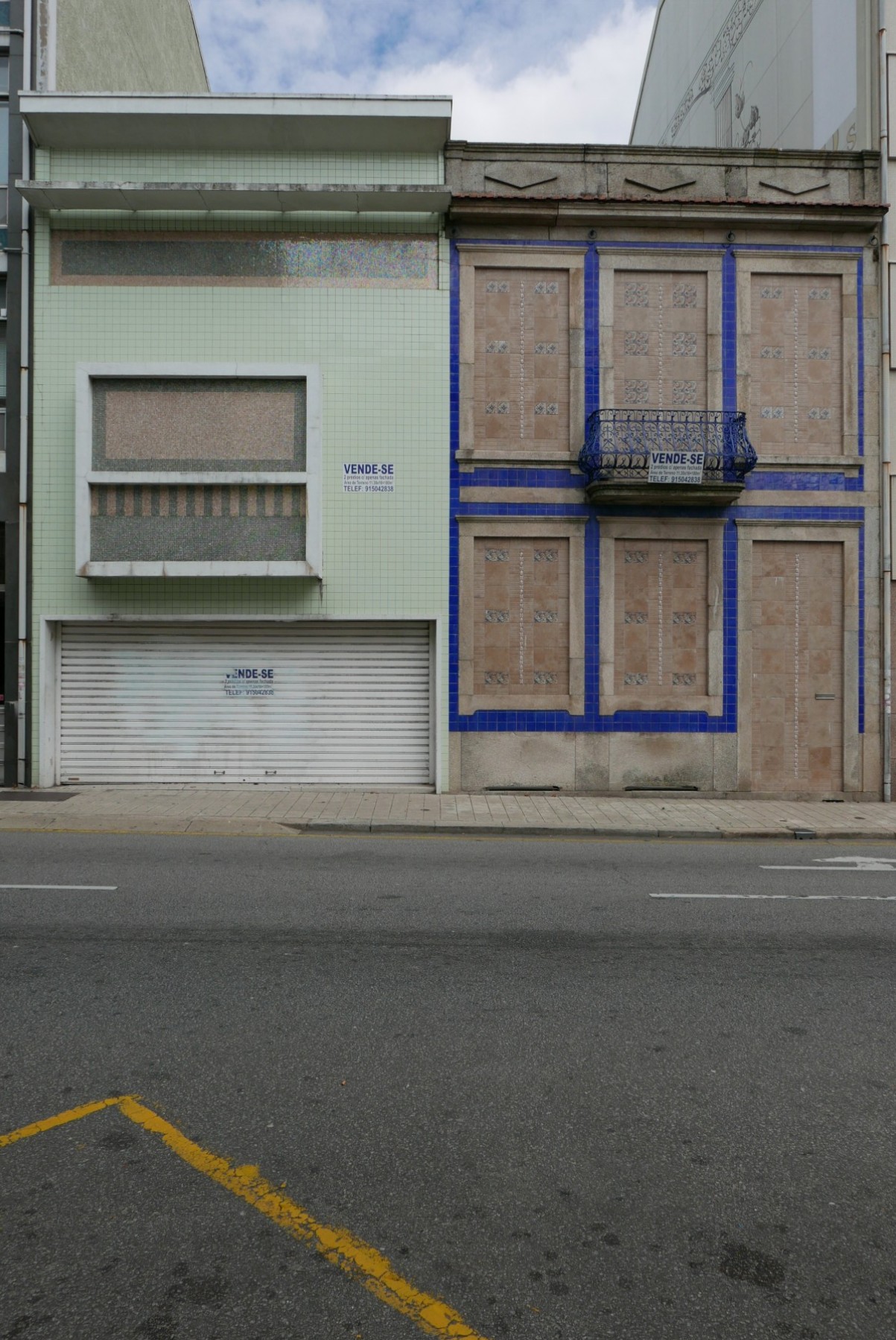
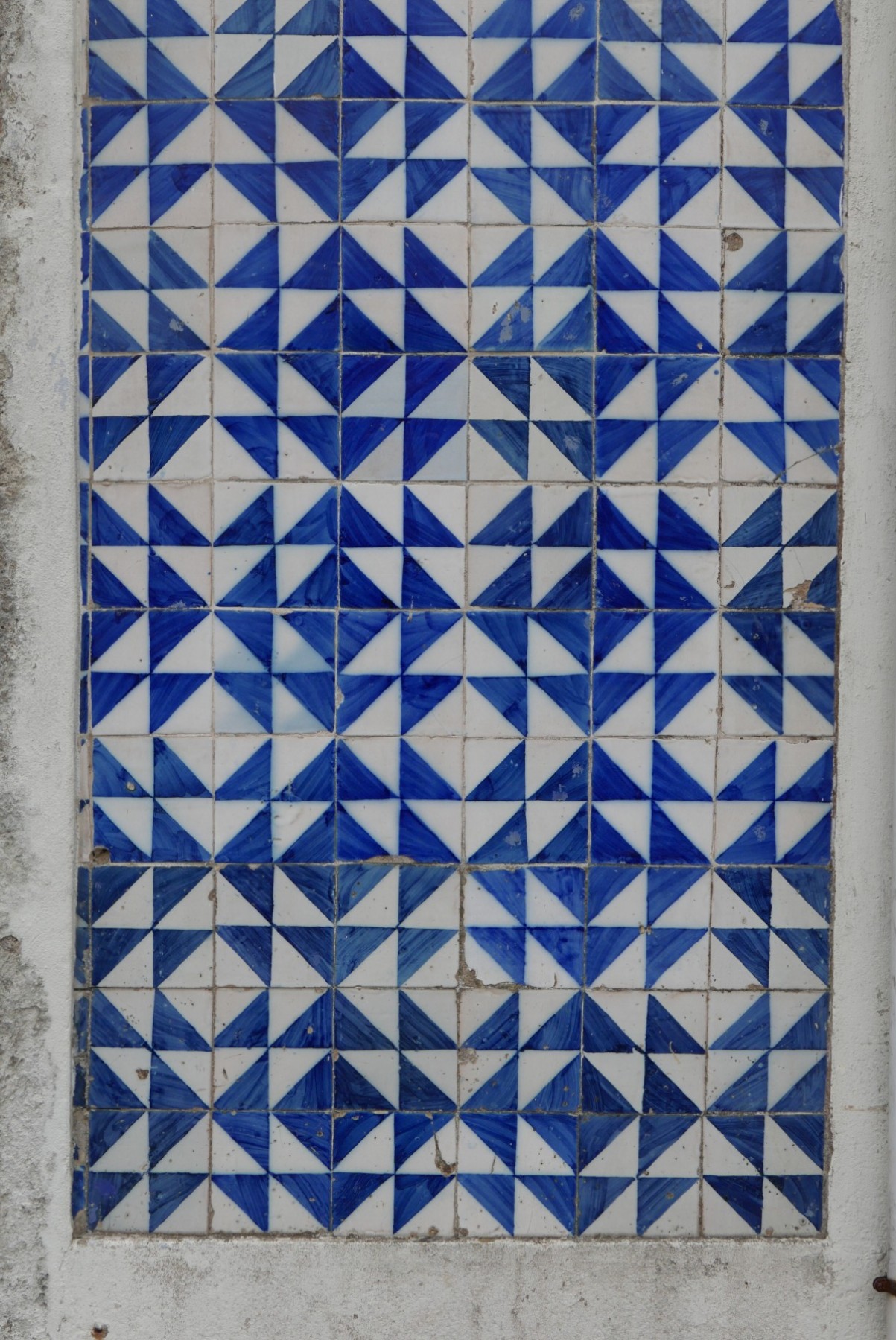
4 Kommentare
4 Pingbacks